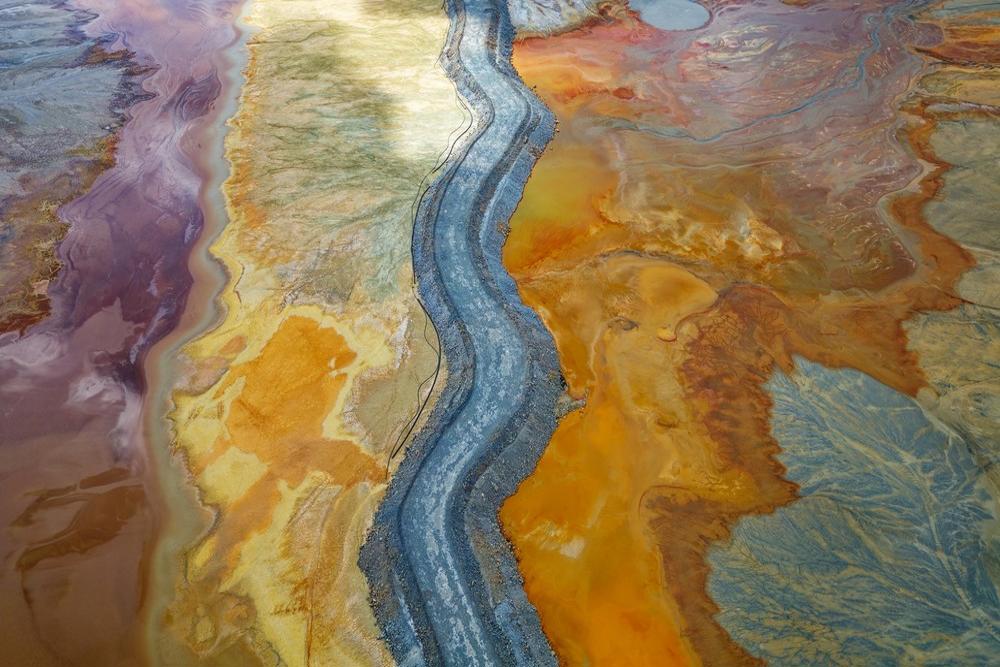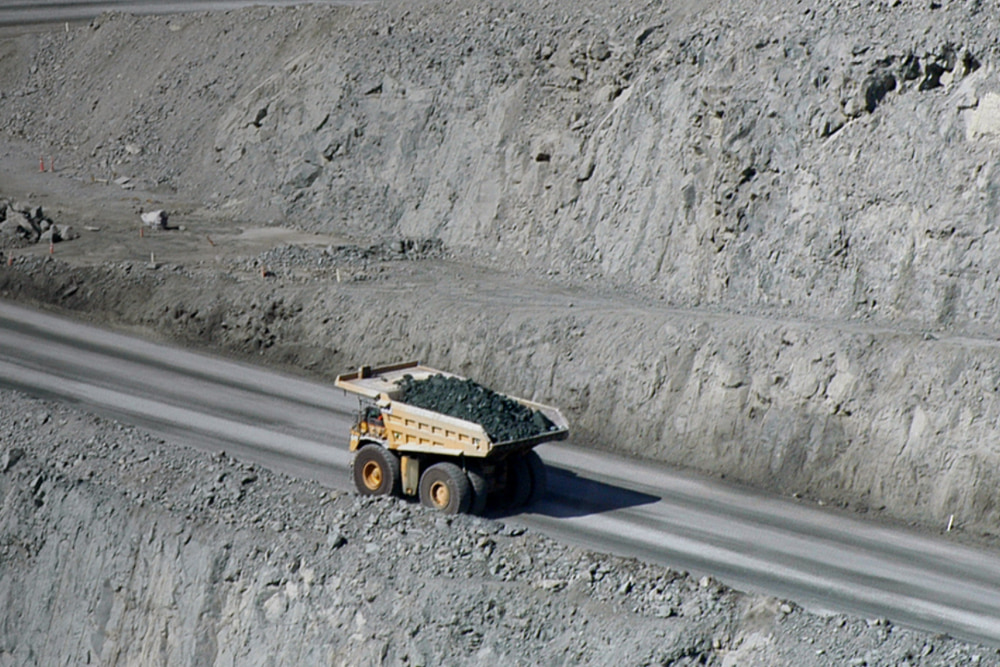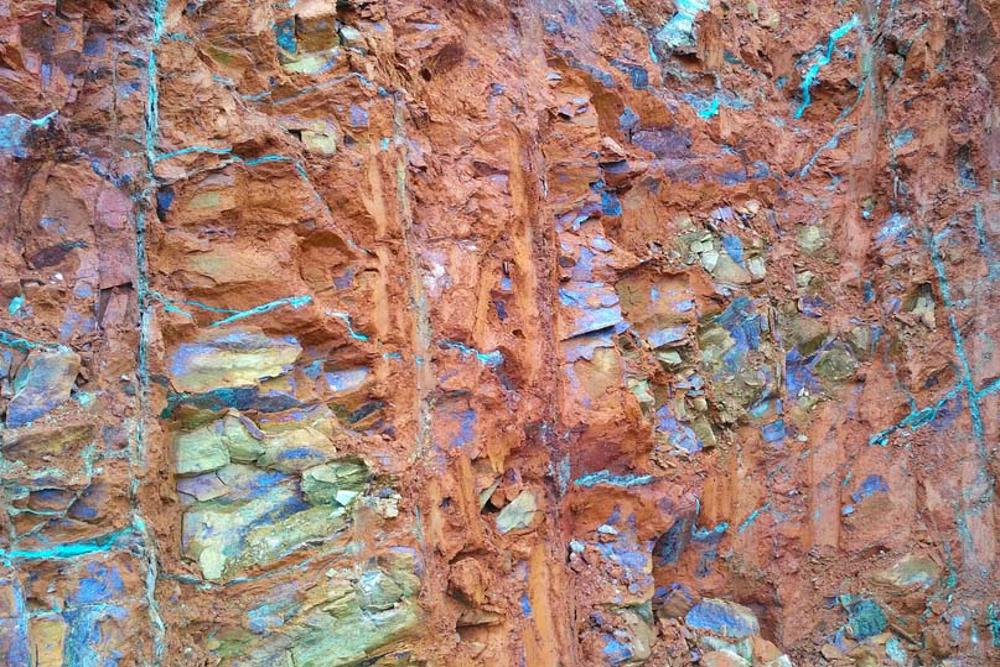
Given Spain’s rich history in mining and exploration, it is no surprise that one Australian junior has recently expanded its critical minerals interests there.
During the second half of last year Melbourne-based Osmond Resources Ltd made moves to acquire two Spanish projects which sit on the eastern extreme of the Eurasian Plate – Orion EU Critical Minerals (which is currently subject to a final permit award) and Iberian One.
The former, located in the Jaén Province in the country’s south, is prospective for rutile, zircon, Hafnium, and rare earths. It includes 288 mining units (or cuadrículas mineras) and covers an area of 86.4 square kilometres.
According to Osmond, this project has so far returned “exceptional” exploration results, including geochemical numbers from 150 kilograms in bulk samples, with total heavy metals in two of three samples over 30 per cent (with the third one coming in at 28 per cent).
Here, the focus will be on a primary high grade seam, with drilling expected to show continuity between zones.
Meanwhile Iberian One ‒ situated in a historic kaolin, iron and graphite mining district between the villages of Madriguera and El Negredo in the Segovia Province about 100km north-northwest of Madrid ‒ consists of the Grafenal investigation lease (47.5km), the Becerril mining permit (1.6km) and the overlapping Paula mining permit. Together they total around 50km.
The main aim at Iberian One is to define alunite mineralisation that can potentially feed into the production of sulphate of potash – a premium fertiliser product.
Other secondary targets are alum (aluminium potassium sulphate), which is used in a range of industries including water purification as well as kaolinite, an industrial mineral utilised in a wide range of industries including ceramics, cement, paint and graphite, the latter being a critical mineral in the decarbonisation of the global economy.
A confirmatory five drill hole program included below-surface alumina oxide results of 03 to 6.9 metres at 22.4 per cent from 16.2m, 03 to 3.6m at 25.4 per cent from 62.1m and 05 to 6.6m at 25.8 per cent from 72.2m.
Following these assay results, Osmond confirmed its intention to acquire Iberian One, with a renegotiation with its former owner resulting in a wholly-owned interest on top of a 1 per cent gross revenue royalty.
Last May, the European Critical Raw Materials Act came into force, with the legislation designed to enhance the European Union’s (EU) capabilities in sourcing, processing and recycling critical raw materials.
At the time the EU had identified 34 critical minerals, as well as a subset of 17 critical minerals referred to as “strategic” raw materials.
This included titanium, as well as light and heavy rare earths.
Osmond managing director and chief executive Anthony Hall pointed out that under the act the EU was targeting at least 10 per cent of its annual consumption for internal extraction.
Furthermore, at least 40 per cent of its annual consumption was destined for internal processing.
“Selected strategic projects that include strategic raw materials are legislated to benefit from support for access to finance and shorter permitting timeframes (a maximum of 27 months for extraction projects),” Hall said.
“The EU currently extracts no titanium, no light or heavy rare earths and less than 20 per cent of its annual consumption of zircon.”
In addition, the Spanish government has granted schemes for critical minerals projects, while the European Investment Bank is providing project finance support initiatives. Furthermore, the European Development Bank has initiated attractive schemes.
Osmond is now working with the University of Salamanca and international firm SGS on options to fast-track development activities to take advantage of EU critical minerals legislation and the need for extraction projects to reduce the jurisdiction’s reliance on imports of alumina, potash and graphite.










